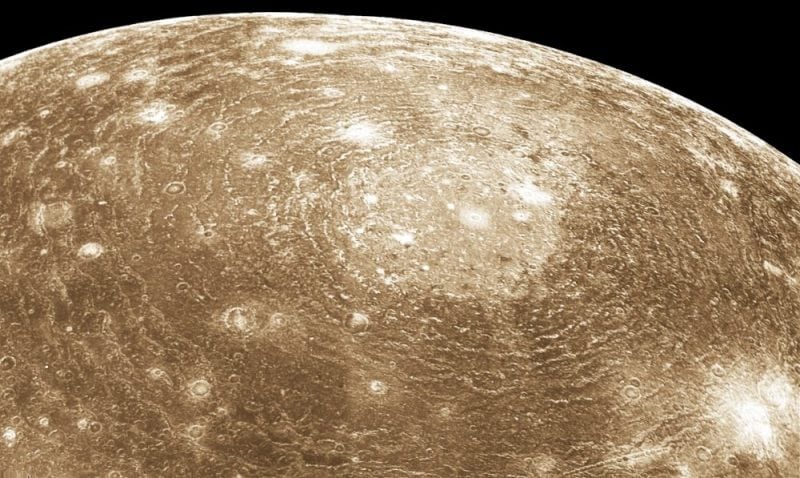
Space exploration has occupied a major impact on the changes that the modern society has experienced. The range of benefits it has brought is wide: the development of new technologies firstly pioneered in space, job creation, promotion of education and the fundamental better understanding of the universe and life. These and other issues are among the products of space activities and which are main players pushing the progress of the world.
Despite the improvements we have observed in our technological capabilities, the number of challenges which appear along the path to design and implement a space mission to another celestial body in our solar system turn this task still very complex. Our solar system is emphasized once considering the current technology, the perspectives regarding the exploration of another planetary system are still a distant reality, especially due to very large distances and time these missions requires overcome.
However, with the increasing financial support of governments and private companies for space exploration activities, which include visits of spacecraft to planets, asteroids, comets, dwarf planets and planetary moons, the needs of studies to investigate the astronomical environments around such celestial bodies is of fundamental importance for the planning of these missions. As good example to elucidate this issue, we refer the reader about those missions which intend to orbit and also land a probe on a celestial body’s surface. For instance, the discovery of stable orbits around a particular body can indicate better regions to place a spacecraft for observations and to save fuel consumption. These regions sometimes also provide regions with no negligible probability for the existence of small debris (sometimes potentially ring particles) and small moons.
Following the famous Kepler’s law about the elliptic motion of a planet around the Sun, the motion of a spacecraft around a celestial body should follow an elliptical path (or orbit) around it. It happens because the spacecraft travels in an attractive field due to the gravity of the celestial object (also denominated central body of the system) which pulls the spacecraft towards its own direction. Meanwhile, the spacecraft has enough speed to avoid an approach which would cause an impact with the body’s surface. This balance causes the spacecraft to keep its orbit around the central body of the system. This is called a Keplerian orbit.
However, the presence of other forces than the gravitational pulling of the central body are able to disturb the Keplerian motion, such that it deviates from its original trajectory. It causes different possibilities for the future path which the spacecraft will follow, including those that will lead to an impact with the central body. Among the perturbations that can cause these deviations in the Keplerian motion of a spacecraft around a body (for example: a planetary moon), it is possible to mention a few: irregularities in the gravitational field of the moon due to its irregular shape and distribution of mass and also the third-body perturbations which are due to the gravitational pulling of the planet and the other moons of the system.

A composition of Jupiter’s four largest moons, which are known as the Galilean satellites. From left to right is Io (closest), followed by Europa, Ganymede, and Callisto. (Credit: NASA/JPL)
When implemented, the mathematical models to describe such disturbed motions are too complicated to be solved in terms of mathematical expressions, which limits the possible mathematical and physical analysis of the motion, necessary to better understand its characteristics and predict its future. The alternative is usually to adopt powerful numerical computations to determine very precise numerical approaches to the desired mathematical expressions/solutions (when they exist) which describe the real motion under all the physical effects assumed for a given system. However, very useful mathematical information is lost, meanwhile, it is sometimes also necessary a lot of computational effort and time to find a numerical solution, specially for studies considering long scales of time.
An alternative to these scenarios is to adopted simplified models for the forces using a technique called averaged technique, which not provide a solution for the motion (mathematically speaking), but it significantly simplifies the number of computations to find an approached description of the motion. By doing it, it is possible to avoid issues of the numerical approaches as the sensibility to some initial conditions and the significant decrease of the computational time and effort, while it is also able to provide a qualitative information about the motion.
Using these ideas, the motion of a spacecraft around the Galilean moon Callisto is analyzed, once it is one moon of significant interest to receive a future visit. Simplified models for the mentioned disturbing forces (gravitational pulling of Jupiter and Callisto’s main irregularities in shape) are presented. They allow to qualitatively study the influence of these forces on decreasing or increasing the lifetime of orbits of a spacecraft around this moon. The impact of the orbital eccentricity of the motion of Callisto around Jupiter is also analyzed. Figures with plots of the time propagation of some important parameters which describe the motion of the spacecraft around Callisto and maps of lifetime varying some of these parameters are developed and presented. These maps also work as useful validation and improvement in the results available in the literature, such as to find conditions to extend the available time for an orbiting body to be in highly inclined orbits under gravitational disturbances coming from the ellipsoidal shape of the moon and from other bodies of the system.
These findings are described in the article entitled Lifetime maps for orbits around Callisto using a double-averaged model, published in the journal Astrophysics and Space Science. This work was led by Josué Cardoso dos Santos from São Paulo State University.









